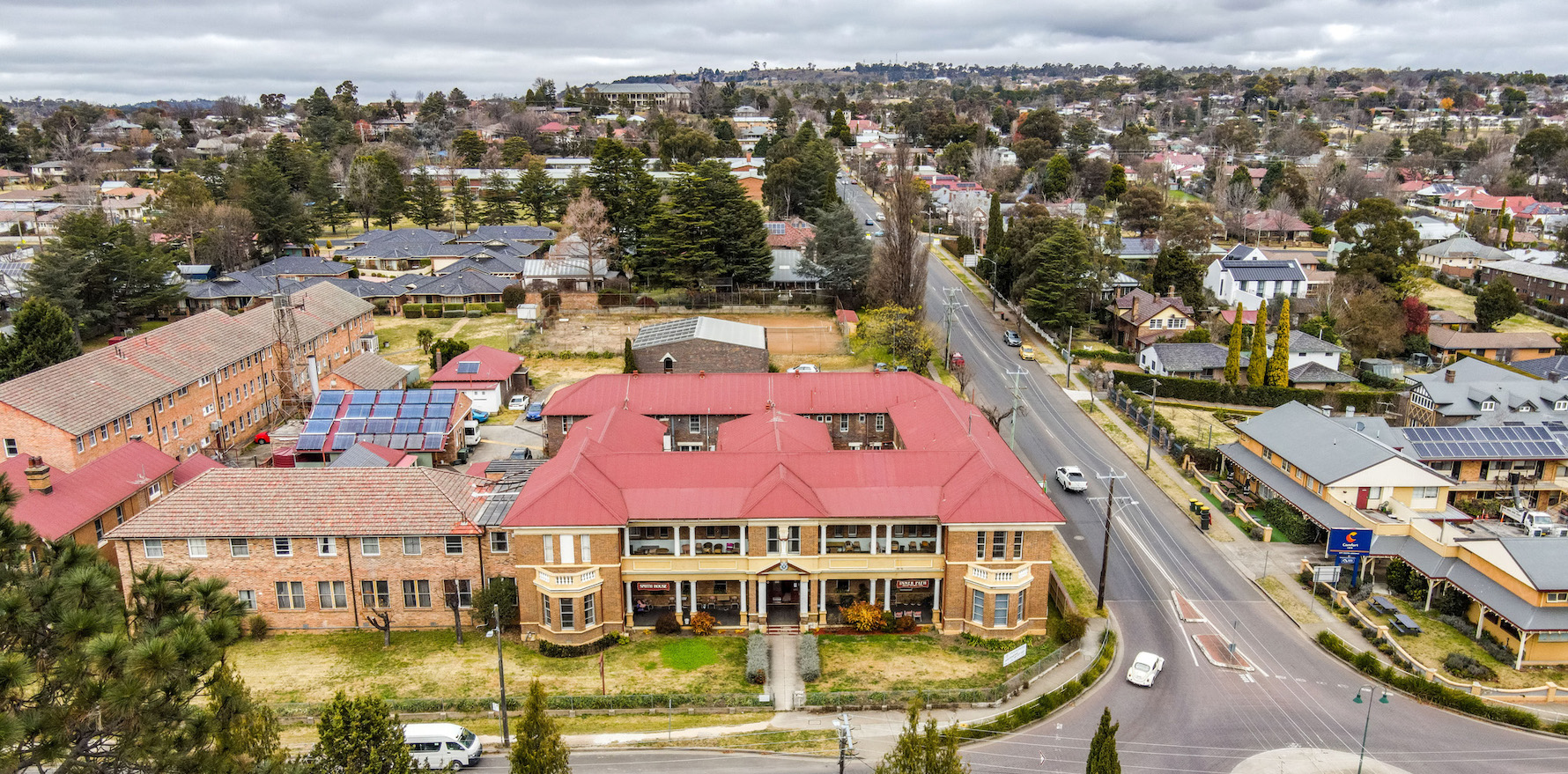After the success of the Murrumbidgee pilot, the scheme is being tried in Tamworth and Armidale.
The single employer model will be rolled out in the Hunter New England Local Health District at the beginning of the 2024 training year.
“Recruitment and retention of our medical workforce, in both primary care and hospital settings, is a major challenge faced by regional, rural, and remote communities across the state,” NSW Minister for Regional Health, Ryan Park said.
“Addressing this is a priority for our government and the single employer model is an innovative, proven approach that will benefit health services in areas like Armidale and Tamworth.”
Tamworth and Armidale Hospitals have been marked out as initial trial sites, following the success of the Murrumbidgee pilot. The Hunter New England district has seen drastic workforce shortages; more than 6000 patients in Armidale were without a GP earlier this year after eight GPs left in the span of a few months.
The single employer model aims at incentivising trainee doctors to start careers in the bush by allowing them to rotate between working in hospitals and as a private GP. This would allow them to retain benefits that come from working for NSW Health, like long-service leave, while also providing them with the flexibility and independence associated with running their own practice.
Northern Tablelands MP Adam Marshall applauded the move when first announced earlier this year.
“This is a massive shot in the arm for the ailing GP workforce and the best news we’ve had on the primary healthcare front in a very long time,” he said.
“This is really the best of both worlds for GPs starting out their careers in medicine and makes being a rural GP so much more attractive and on par with specialists for graduating medical students.
“This new model of practice also ensures that when someone presents to their local emergency department there is a doctor present as they are directly employed by the hospital, rather than utilising costly and unreliable locum doctors as is the case now.”
The emergency department at Armidale Hospital is severely understaffed; a press release from Mr Marshall last month underlined that there is “no doctor rostered for 12 hours on Monday, 12 hours on Tuesday, 20 hours on Wednesday, eight hours on Friday and eight hours on Saturday”.
The staff shortages were exacerbated by the dismissal of a locum doctor who was terminated in accordance with the health district’s policy about the length of time they will employ the same locum doctor.
According to Mr Marshall, the district plans to have four trainees at Inverell, three at Glen Innes and 12 at Armidale.
“But it’s not limited to those numbers – if GP clinics wish to take more junior doctors we can employ more at our local hospitals and give the GP workforce in our region the largest boost in decades,” he said.
“We could literally see 20-30 new doctors practicing in our local hospitals and local GP clinics from the start of next year – it’s that real.”
Up to 80 Rural trainees could be practicing across NSW in 2024, under exemptions found in section 19(2) of the Health Insurance Act 1974.
The single employer model was also extended to Tasmania in July after staff shortages reached crisis point.
“Increasing the number of rural generalists will mean more GPs and more access to specialist skills in areas such as emergency medicine, obstetrics, anaesthetics, or mental health services,” Mr Park said.
“In turn, it will give more people across rural, regional and remote areas of NSW greater access to locally available healthcare services.
“GP trainees will often go to [regional] areas, especially if there are more positions available, but it’s hard to keep them there,” Hunter General Practitioners Association Chair Dr Fiona Van Leeuwen said.
“We need to be brave and trial these things and see what we end up with so we can have a system that is sustainable and ongoing,” she said.


